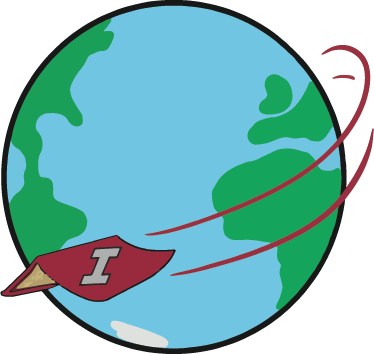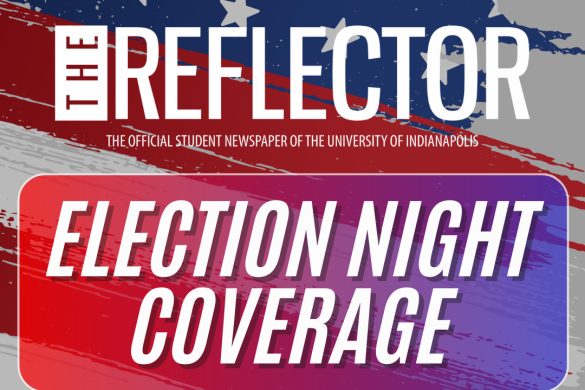The University of Indianapolis received a $1.2 million grant from the National Science Foundation’s Robert Noyce Teacher Scholarship Program that will help students pursue a Master of Art in Teaching degree. The grant was awarded to the Teach (STEM)³ Program, which works with students who already have an undergraduate degree in a STEM field and want to pursue a career in secondary STEM education.
While some of the students in the Teach (STEM)³ Program are coming directly from their undergraduate education, many of them have had some years of experience working in the STEM field. The program has had students who have previously worked for Eli Lilly, Dow AgroSciences and as a veterinarian.
The Teach (STEM)³ Program is a one-year clinical residency program in which students work in a classroom setting in one of the program’s partner schools in Decatur, Perry and Wayne townships. The students also take 36 graduate credit hours, ultimately leaving with an MAT degree with a focus on educating students in biology, chemistry or math at the high school level.
The program began in 2009 as the Woodrow Wilson Teaching Fellowship and has had about 70 students graduate. The Woodrow Wilson Teaching Fellowship pulled out of Indiana, according to Director of the Teach (STEM)³ Program Deb Sachs, so there was a need to look for funding elsewhere.
“In order to continue what we think is a very valuable experience and also help meet the critical need for STEM teachers, we applied then for a grant from the National Science Foundation,” said Assistant Professor of Biology Kim Baker. “There’s a specific track, the Noyce Scholarship, that is intended to promote having STEM career changers then pursue a master’s in teaching degree.”
Sachs, Baker and Associate Professor and Chair of the Chemistry Department Kathy Stickney worked together to research and create a 60-page proposal for the grant. They were required to submit a description of the project, specific budget allocations, documentation from their partner schools and more. Sachs, Baker and Stickney submitted the proposal in September 2016. The grant was awarded to the Teach (STEM)³ Program in the spring.
“We were so excited for the future of the Teach (STEM)³ Program,” Stickney said. “This funding just means the world to us.”
According to Stickney, they were attracted to the grant because it requires them to give 60 percent of the money to the students. This will be in the form of stipends that will cover the full cost of tuition, with a stipulation that the students must teach at a school with a high need for STEM teachers for their first two years.
“It’s very difficult with a residency program at a master’s level for someone to leave their job or not be working and pay tuition on top of that,” Sachs said.
The other 40 percent will be used to pay the clinical faculty and pay for the mentorship program. After students graduate from the Teach (STEM)³ Program, they continue to receive mentoring from the university for two years.
Sachs, Baker and Stickney hope to fill the high need for secondary STEM educators and also inspire students to pursue a career in STEM.
“There’s a lot of high-tech industry in Indianapolis and Indiana, and so we need to establish a pipeline to bring educated students into these high-tech jobs,” Stickney said. “We really want to get students excited about science, math and technology at the high school level….”
Sachs, Baker and Stickney said they received a lot of help and support from Dean of the Shaheen College of Arts & Sciences Jennifer Drake and School of Education Interim Dean and Associate Professor of Secondary Education Colleen Mulholland.
“I think what else is really unique is that this is a really strong collaboration between the School of [Education] and the Shaheen College of Arts and Sciences,” Sachs said. “So we work together, which is why that grant is so nice to have—a chemistry and a biology professor and an education professor working together to bring that to campus. And an NSF Noyce Grant brings with it some national recognition.”






